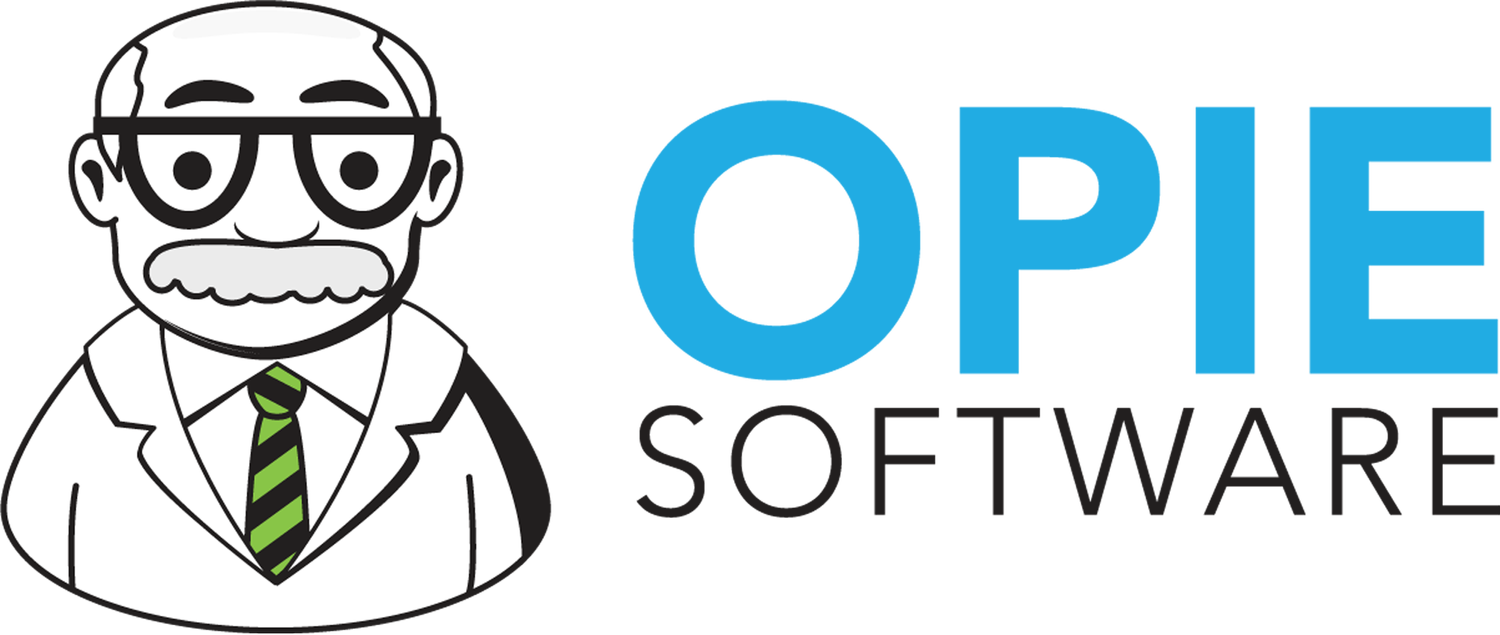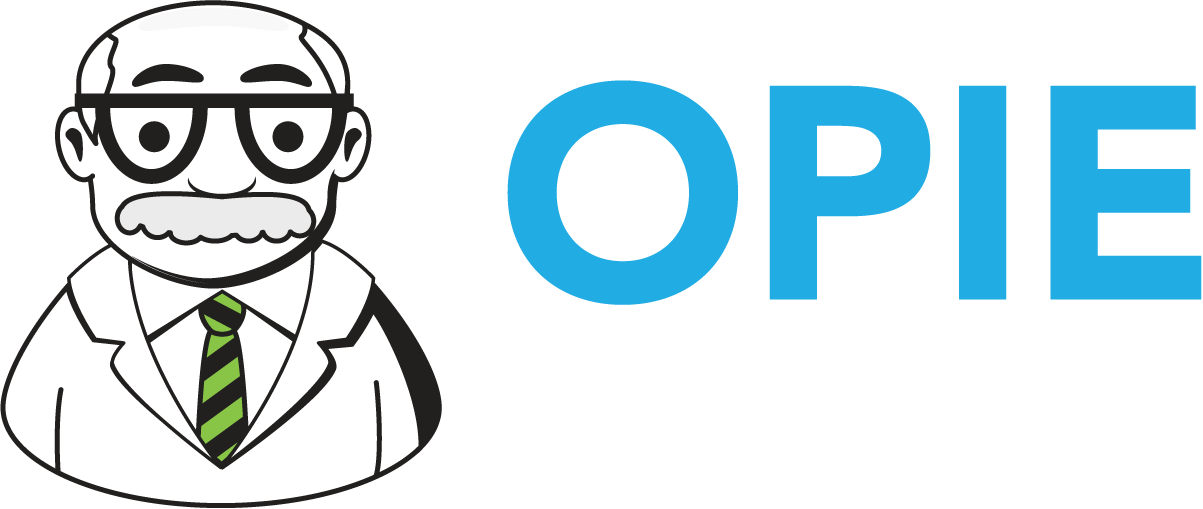Are We Profitable? Going Beyond the Top-Line Numbers
There are lots of ways to know if your business is profitable and I am sure you have heard all of the jokes, so I will spare you. There is a superficial profitability equation that essentially says revenue minus cost equals profit. Yes, at some level, that is all you need to know. But is it really enough to know only those top-line numbers? To strategically run your business, you need to know way more than that. Being aware of and understanding your financial ecosystem can significantly impact your ability to enhance and sustain profitability.
It’s almost like asking a patient if they can get from point A to point B. If the answer is “yes,” is your job done? Not in the least! How do they get between the points? Is it painful? Is it risky? Can you watch them, do it? What would you be looking for as they traverse? There are many little processes going on that your trained eye will help you spot so you can offer the optimal correction. It’s the same with business. It’s not enough to know there is money left over at the end of the month. You need to understand how it got there, what happened to put it there, and what forces worked against you? How much spilled out in the process? Is there something that can be done to optimize the process?
Your revenue comes from many sources…different payers, codes, and schedules. So, your top-line number is an amalgamation. The OPIE Business Intelligence tools, and in particular the Collections (DOS) tool, were designed to give you this level of insight. You can determine the profit contribution of the services you provide down to the individual HCPCS code and specific payer. The tool highlights those areas of billing and collections that are prone to error and can be major contributors to lost revenue.
You need to be familiar with your contract language…often they pay at a rate based on the prevailing Medicare rate. They may add a clause, though, which brings in your U&C too, that includes a “lesser of” concept that may result in you leaving money on the table. While that alone is a great thing to look for, what about that regular, day-in and day-out slog? Are you really getting paid for what you are doing?
More than simple AR, the Collections (DOS) gives you the unique ability to understand if the work you did in January (pick a month or time frame) was profitable. That matters because we want to be self-sustaining. I don’t want to have months that subsidize other months. I want to know that the book of business is generating profit. This tool can give you the information you need to smooth out your operations, reduce risk, make things less painful, and optimize your financial processes. Reach out to your Customer Success Manager to learn more about the Collections (DOS) tool.
As you work your “business care plan” and track the journey from revenue to profit, you will often find leakage—unexpected expenses, inefficiencies, or even fraudulent activities. Robust monitoring mechanisms, like regular audits, Dashboards that highlight irregularities, and transparent accounting practices help ensure that the 'spillage' is minimized.
Just like patient care, profitability isn't a one-time achievement; it's a dynamic aspect of business that requires regular attention. What worked last year might not be effective this year. Regular reviews allow businesses to stay agile, adapt to changing circumstances, and ensure sustained profitability.
Profitability, in the real sense, is more intricate than the basic equation suggests. Just as with our patients, it's not enough to know the endpoint; the journey matters. Delve deeper, ask the tough questions, and don't hesitate to tweak your approach based on what you discover. Your business's sustained health and profitability depend on it.

